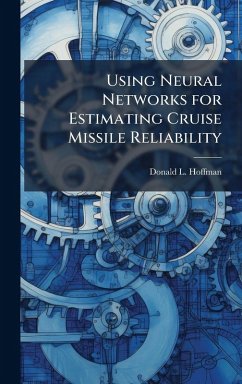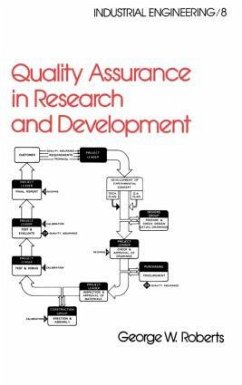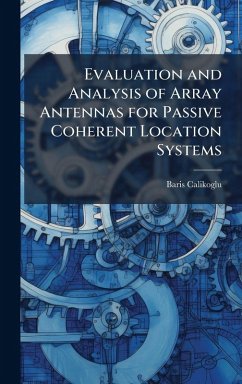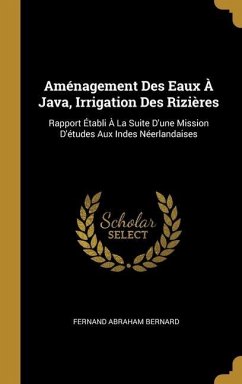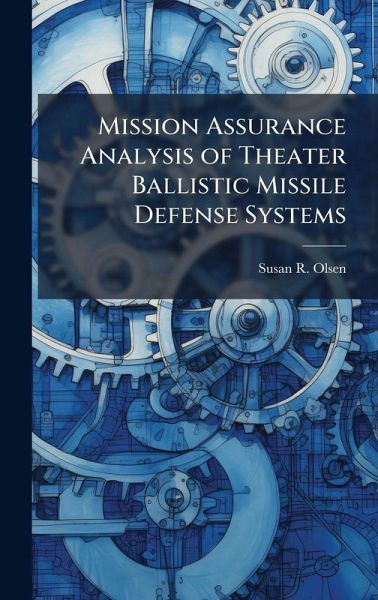
Mission Assurance Analysis of Theater Ballistic Missile Defense Systems
Versandkostenfrei!
Versandfertig in über 4 Wochen
28,99 €
inkl. MwSt.
Weitere Ausgaben:

PAYBACK Punkte
14 °P sammeln!
In today's budget-constrained environment with aging equipment and rapid technology turnover, the commander's requirement to prioritize and justify funding requests has essentially become an exercise in mission assurance. This study addresses the TBMDS mission assurance problem generated from the complexity of the political, organizational and physical/architectural environments. The Mission-Oriented Success Analysis and Improvement Criteria (MOSAIC) management approach provides commanders a framework for mission assurance of TBMDS. This study specifically incorporates a discrete event simulat...
In today's budget-constrained environment with aging equipment and rapid technology turnover, the commander's requirement to prioritize and justify funding requests has essentially become an exercise in mission assurance. This study addresses the TBMDS mission assurance problem generated from the complexity of the political, organizational and physical/architectural environments. The Mission-Oriented Success Analysis and Improvement Criteria (MOSAIC) management approach provides commanders a framework for mission assurance of TBMDS. This study specifically incorporates a discrete event simulation analysis and the Mission Assurance Analysis Protocol (MAAP) to identify the most effective improvement areas under the MOSAIC approach. At a high level of abstraction, analysis from a discrete event simulation of the TBMDS prioritized the component reliability from the most to least impactful as shooter/interceptor, C2 facility, Radar and Communication. The MAAP expanded success profiles simultaneously address multiple environmental factors, including reliability, for each key objective needed for the mission. At an equally high level of abstraction, these profiles identified that one key objective of the TBMDS can be achieved successfully and three key objectives had significant mission assurance gaps. With improvement areas and mission assurance gaps identified, commanders are equipped with the required information for funding requests and confidence in the success of their mission. This work has been selected by scholars as being culturally important, and is part of the knowledge base of civilization as we know it. This work was reproduced from the original artifact, and remains as true to the original work as possible. Therefore, you will see the original copyright references, library stamps (as most of these works have been housed in our most important libraries around the world), and other notations in the work. This work is in the public domain in the United States of America, and possibly other nations. Within the United States, you may freely copy and distribute this work, as no entity (individual or corporate) has a copyright on the body of the work. As a reproduction of a historical artifact, this work may contain missing or blurred pages, poor pictures, errant marks, etc. Scholars believe, and we concur, that this work is important enough to be preserved, reproduced, and made generally available to the public. We appreciate your support of the preservation process, and thank you for being an important part of keeping this knowledge alive and relevant.




